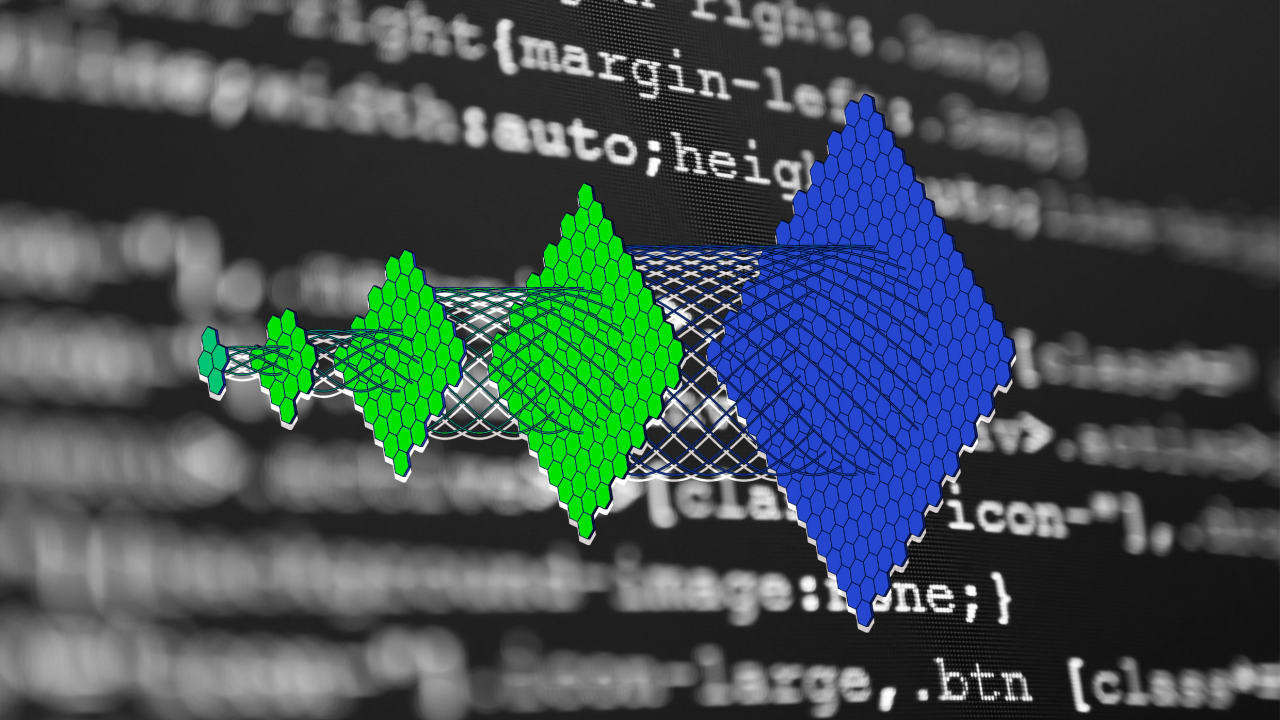Is the Behavior of std::byte in C++17 a Bug or Intended?
Introduction In my journey through C++17, I stumbled upon the std::byte type and discovered some perplexing behavior that left me scratching my head. The main question is whether this behavior is intended by the C++ standards or if it's a quirk due to the compiler or operating system I am using. Understanding std::byte The std::byte type introduced in C++17 is designed to encapsulate the idea of a byte without its conventional mathematical interpretations. Unlike integers, std::byte doesn't implicitly convert to numeric types, which can lead to some interesting outcomes when performing operations with it. In the example I encountered, I defined a std::byte variable and used std::to_integer to convert it to different integer types. The Code Example Here’s the code snippet that raised my queries: #include #include // for std::byte #include // for std::to_integer int main() { std::byte test_byte{80}; std::cout

Introduction
In my journey through C++17, I stumbled upon the std::byte type and discovered some perplexing behavior that left me scratching my head. The main question is whether this behavior is intended by the C++ standards or if it's a quirk due to the compiler or operating system I am using.
Understanding std::byte
The std::byte type introduced in C++17 is designed to encapsulate the idea of a byte without its conventional mathematical interpretations. Unlike integers, std::byte doesn't implicitly convert to numeric types, which can lead to some interesting outcomes when performing operations with it. In the example I encountered, I defined a std::byte variable and used std::to_integer to convert it to different integer types.
The Code Example
Here’s the code snippet that raised my queries:
#include
#include // for std::byte
#include // for std::to_integer
int main() {
std::byte test_byte{80};
std::cout << "Test: " << std::to_integer(test_byte) << " vs " << std::to_integer(test_byte) << "\n";
return 0;
}
When this code snippet is executed, it produces the following output:
Test: P vs 80
Interestingly, the character 'P' is the ASCII representation of the number 80. Thus, trying to interpret the byte value of 80 as both uint8_t and uint16_t gives seemingly conflicting information: one is a character, while the other is a straightforward integer.
Why This Happens
The output can indeed be confusing! This behavior reflects how std::byte stores raw byte data without semantic meaning. The std::to_integer function allows you to interpret this data. When you convert std::byte to uint8_t, it produces the ASCII character for the number 80, which is 'P'. On the other hand, interpreting std::byte as uint16_t gives you the numeric value directly, which is 80. This is not a bug but rather an intended feature of how type conversions work within C++17's type system.
The Intended Outcome
Yes, the behavior exhibited by the std::byte and the std::to_integer function is indeed intended. The dual interpretation of the same byte can be very useful based on the context you are working within. If you're handling communication protocols, data formats, or even graphics, knowing how to manage bytes and their representations is critical.
Working with std::byte
If you're interested in experimenting with std::byte, consider this enhanced example that illustrates various conversions and data manipulations:
#include
#include
#include
int main() {
std::byte b_value{80}; // non-negative byte value
// Converting to different types
uint8_t u8_value = std::to_integer(b_value);
uint16_t u16_value = std::to_integer(b_value);
int8_t i8_value = std::to_integer(b_value);
// Print out results
std::cout << "Byte as uint8_t: " << static_cast(u8_value) << " (ASCII: \"" << static_cast(u8_value) << "\")\n";
std::cout << "Byte as uint16_t: " << u16_value << "\n";
std::cout << "Byte as int8_t: " << static_cast(i8_value) << "\n";
return 0;
}
This code takes a std::byte with a value of 80 and converts it to various integer types, showing their respective outputs—both numeric and character representations. Pay attention to how we use static casting when dealing with uint8_t and int8_t to ensure we're displaying proper values.
Conclusion
Ultimately, the behavior you witnessed when using std::byte in C++17 is intentional. It's crucial for developers to understand std::byte properly, not just as a byte, but as a type that introduces clear semantics around byte manipulation. The C++17 standard aims to make binary data handling clearer and minimize ambiguity in type conversions.
Frequently Asked Questions
Q: Can I use std::byte for arithmetic operations?
A: No, std::byte does not support arithmetic operations directly. You must convert it to an appropriate type first.
Q: What compilers support std::byte?
A: Most modern compilers such as GCC, Clang, and MSVC support std::byte with C++17.
Q: Is std::byte only for numeric values?
A: While std::byte can store numeric values, it is mainly intended for raw byte manipulation and should be treated as opaque without inherent numeric meaning.









































































































































































![[The AI Show Episode 146]: Rise of “AI-First” Companies, AI Job Disruption, GPT-4o Update Gets Rolled Back, How Big Consulting Firms Use AI, and Meta AI App](https://www.marketingaiinstitute.com/hubfs/ep%20146%20cover.png)

























































































































![[DEALS] The Premium Python Programming PCEP Certification Prep Bundle (67% off) & Other Deals Up To 98% Off – Offers End Soon!](https://www.javacodegeeks.com/wp-content/uploads/2012/12/jcg-logo.jpg)















































.jpg?#)


































































-Mafia-The-Old-Country---The-Initiation-Trailer-00-00-54.png?width=1920&height=1920&fit=bounds&quality=70&format=jpg&auto=webp#)
-Nintendo-Switch-2---Reveal-Trailer-00-01-52.png?width=1920&height=1920&fit=bounds&quality=70&format=jpg&auto=webp#)























_Aleksey_Funtap_Alamy.jpg?width=1280&auto=webp&quality=80&disable=upscale#)
_Sergey_Tarasov_Alamy.jpg?width=1280&auto=webp&quality=80&disable=upscale#)















































































































![Apple Shares Official Trailer for 'Stick' Starring Owen Wilson [Video]](https://www.iclarified.com/images/news/97264/97264/97264-640.jpg)


![Beats Studio Pro Wireless Headphones Now Just $169.95 - Save 51%! [Deal]](https://www.iclarified.com/images/news/97258/97258/97258-640.jpg)



































































































